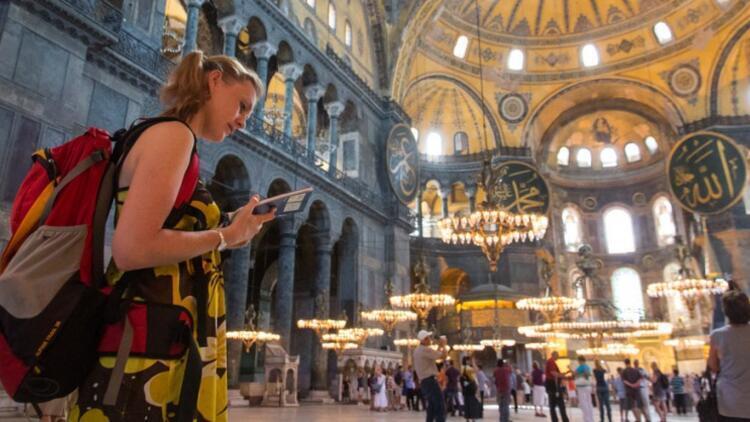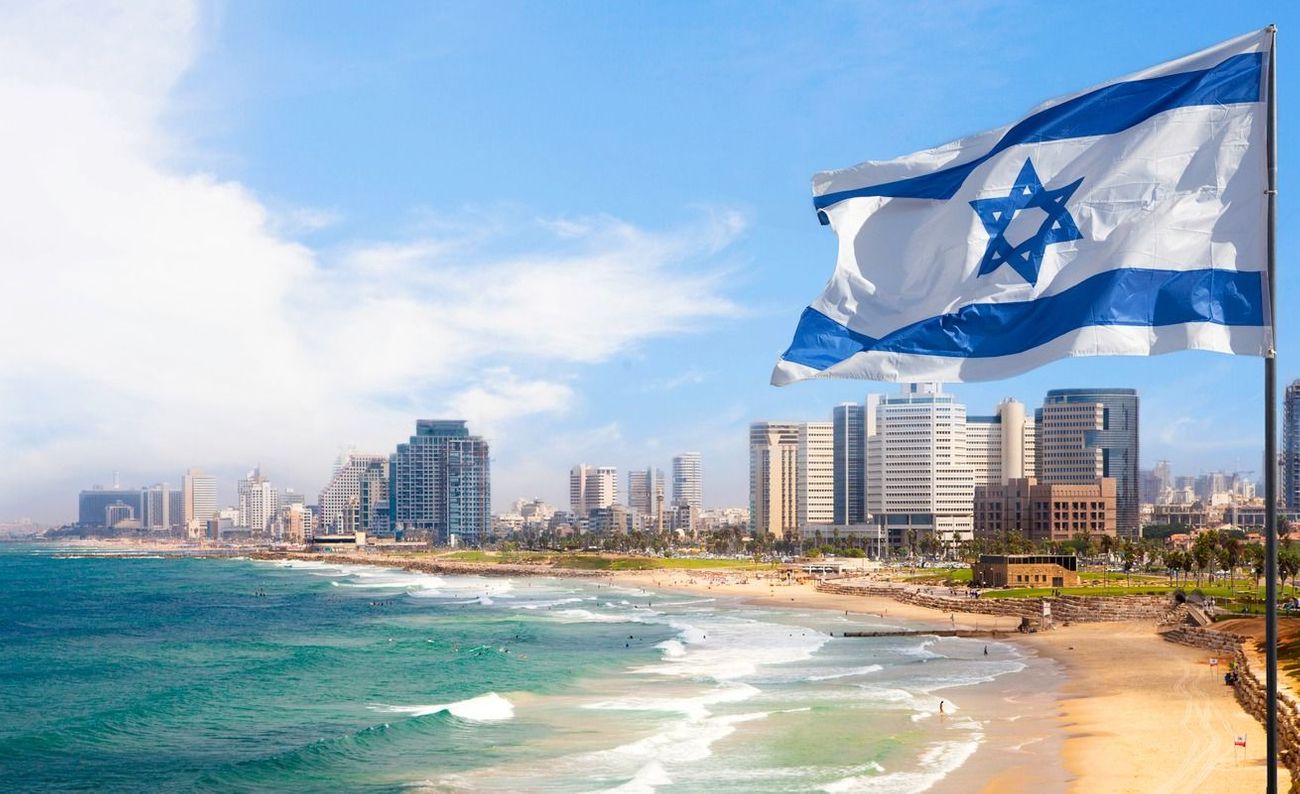Dubai Complete Travel Guide
Your Essential Guide to Exploring Dubai’s Highlights, Neighborhoods, and Experiences
Dubai is one of those cities that leaves a lasting impression the moment you arrive — a place where futuristic architecture stretches across the desert, traditional markets sit beside luxury malls, and beaches, marinas, and dunes all blend into one unforgettable experience. Whether you come for shopping, adventure, culture, or simply to feel the energy of a city that never stops growing, Dubai delivers more than you expect.
Understanding Dubai’s Layout and Getting Around the City
Dubai can feel overwhelming at first because it’s spread out across long stretches of coast and desert. Looking at a map helps: major districts like Downtown Dubai, Dubai Marina, JBR, Old Dubai, Deira, Jumeirah, and Palm Jumeirah each have their own character.
Most travelers arrive at Dubai International Airport, where getting into the city is surprisingly easy. Taxis are everywhere, but the Dubai Metro is fast, clean, and comfortable — perfect for reaching Downtown, DIFC, the Burj Khalifa, or Dubai Mall. You’ll want a NOL card, which works for both the metro and buses.
Dubai’s modern side appears first: futuristic skylines, polished streets, and lively neighborhoods. But don’t miss the older areas — they reveal the city’s roots long before the skyscrapers arrived.
Exploring Dubai’s Iconic Districts, Beaches, and Night Views
The city offers so many things to do that exploring it feels like moving between different worlds in a single day.
Start with Dubai Marina, a gleaming waterfront lined with restaurants, yachts, high-rise apartments, and walking paths that come alive in the evenings. Right next to it is Marina Beach, where warm Gulf water and long sandy stretches make it perfect for relaxing, swimming, or people-watching. The marina at night is another experience entirely — the reflections of lights on the water, the cruise boats, and the atmosphere make it one of Dubai’s most photogenic spots.
For a contrast, head to Old Dubai and Deira, where the traditional life of the city still beats strongly. Wander through the Souks — the Gold Souk with its glittering displays, the Spice Souk heavy with aromas, and the Textile Souk near Dubai Creek. Cross the water by taking an abra boat ride; it costs almost nothing and feels like stepping back in time. In this area you’ll also find the Dubai Museum, built inside the old Al Fahidi Fort.
A stunning architectural highlight is the Dubai Frame, a massive golden structure that literally frames the old and new sides of the city from its sky bridge. From here, Dubai looks like a shifting timeline — tradition on one side, futuristic innovation on the other.
Downtown Dubai is home to the crown jewel: the Burj Khalifa. Standing below it, you feel how enormous and surreal it really is. The Dubai Mall sits right beside it — one of the largest malls in the world, home to the Dubai Ice Rink, countless shops, restaurants, and the famous dancing fountains.
Another major shopping and entertainment center is Mall of the Emirates, where you’ll find Ski Dubai, the indoor snow park and ski slope — a full winter environment built in the middle of the desert.
Along the coast near Jumeirah, you’ll see the sail-shaped Burj Al Arab, one of the most photographed hotels in the world. The nearby public beaches offer a great view and a relaxing place to spend the afternoon.
Further out lies Palm Jumeirah, the iconic man-made island shaped like a palm tree. At its tip sits Atlantis The Palm, a huge resort with a water park, aquarium, and luxury dining. Whether you stay there or simply visit, it’s one of Dubai’s most popular destinations for families and travelers.
For thrill-seekers, Skydive Dubai offers one of the most dramatic skydiving experiences in the world — jumping above the Palm with the entire city beneath you.
And of course, you can’t visit Dubai without heading into the desert. Dune bashing, camel rides, sandboarding, and traditional cultural camps make for an unforgettable afternoon and evening under the open sky.
If you have extra time, even a day trip to Abu Dhabi is easy — home to Ferrari World, modern museums, and the stunning Sheikh Zayed Grand Mosque.
Where to Stay, How to Move Around, and What to Expect
Choosing where to stay depends on the experience you want.
• Dubai Marina / JBR → for beach life, nightlife, and a lively atmosphere
• Downtown → close to Burj Khalifa and major attractions
• Deira / Old Dubai → for culture, markets, and more budget-friendly stays
• Palm Jumeirah → luxury resorts and iconic views
Dubai’s public transportation is efficient, but taxis and ride apps are widely used and affordable. The city is designed for easy movement, even across long stretches.
When it comes to cost, Dubai offers a huge range. Street food and local cafés are affordable, while high-end restaurants can be expensive. Attractions vary too — some are free (beaches, old neighborhoods), while others like observation decks or theme parks come with higher prices.
Before leaving, keep a few practical tips in mind: the heat can be intense in summer, modest clothing is appreciated in traditional areas, and staying hydrated during outdoor activities is essential.
Dubai is more than a city — it’s a blend of extremes: old and new, desert and sea, luxury and simplicity. It’s a place where every neighborhood offers something different, every landmark feels carefully designed, and every day brings new discoveries. With its endless attractions and rich contrasts, Dubai is the kind of destination you experience once and instantly understand why people return again and again.




